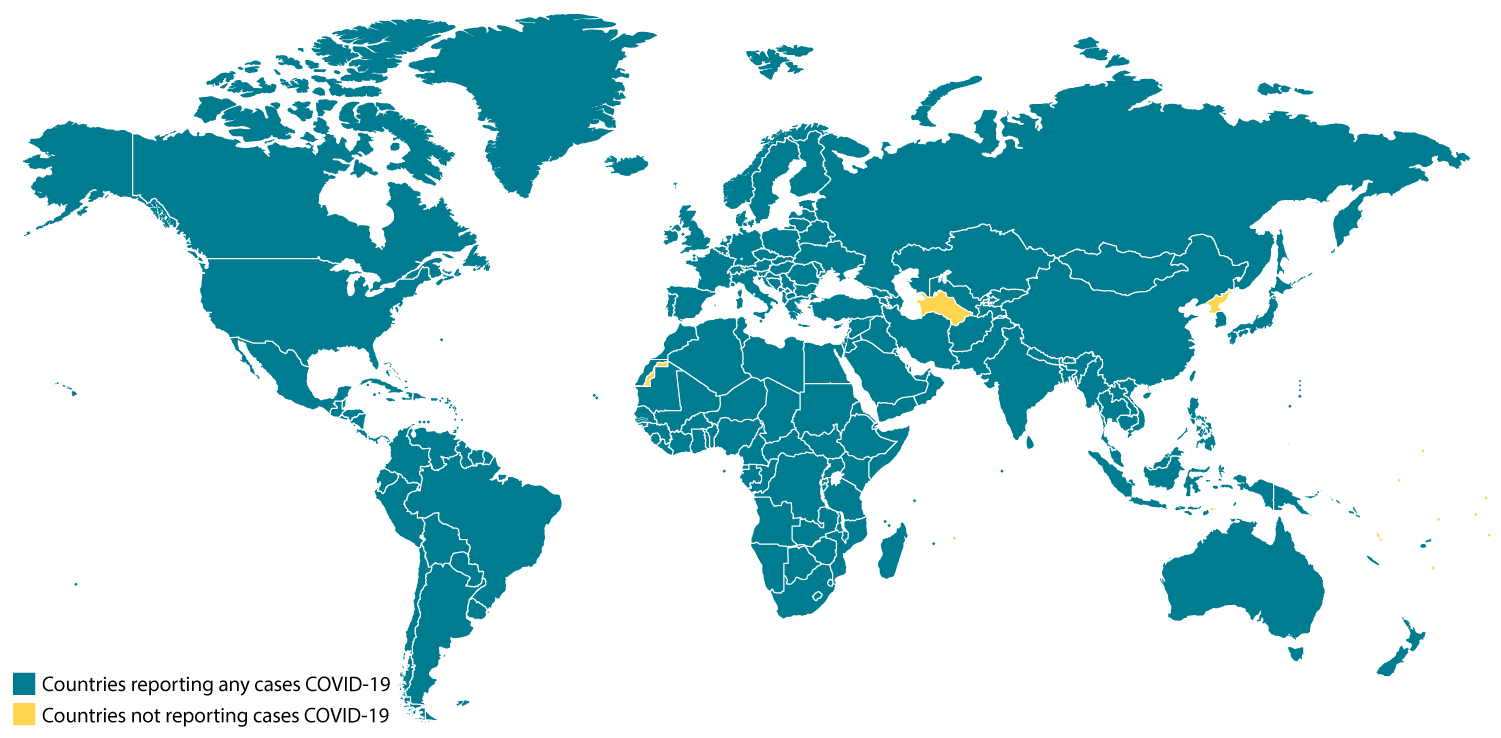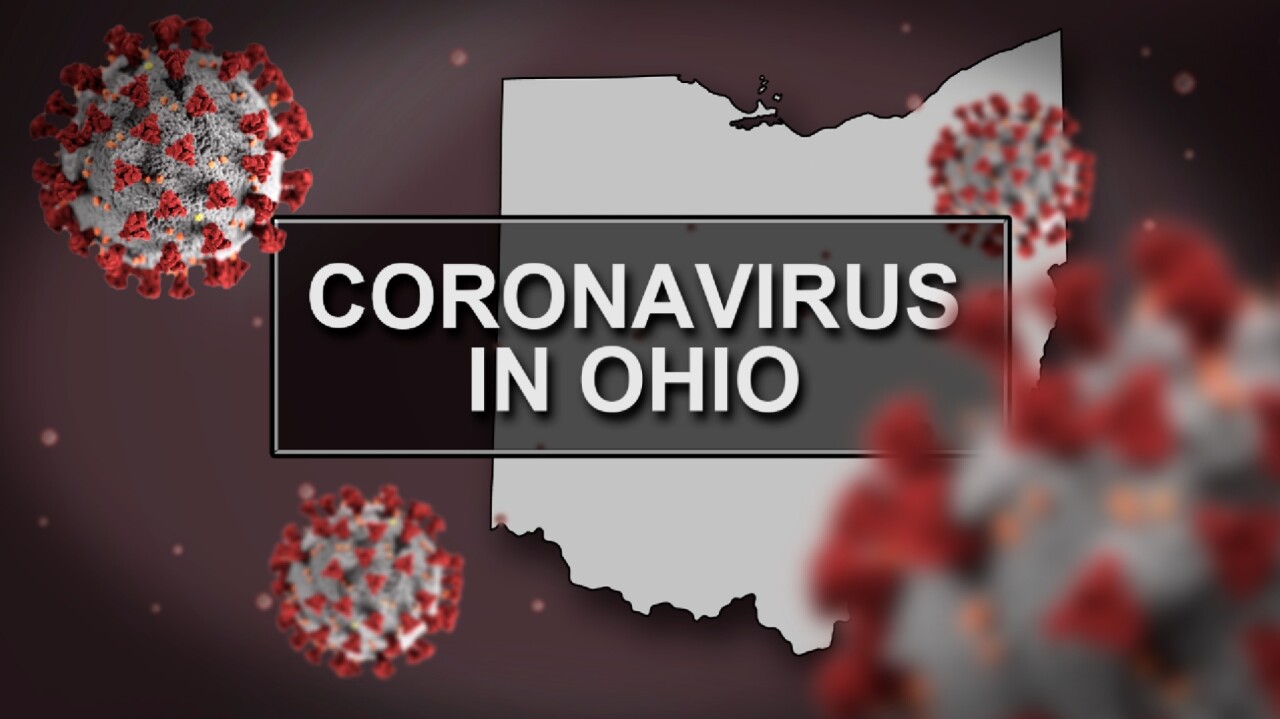CLEVELAND — On Wednesday, Ohio Gov. Mike DeWine announced he signed a state active duty proclamation that will activate 300 personnel from the Ohio National Guard to assist in humanitarian efforts supporting the 2019 novel coronavirus (COVID-19) pandemic.
Soldiers will support Ohio Department of Jobs and Family Services and the Ohio Association of Foodbanks at locations throughout the state.
"The action I’ve taken to activate the Ohio National Guard will provide support to our food pantries that are low on staff and need help getting food to some of our most vulnerable citizens,” said Gov. DeWine in a news release. “By looking out for our neighbors and following proper health safety guidelines, we will make it through this together.”
Their primary duty will be to assist Ohioans during the health crisis by transporting, packaging and distributing food to homes in vulnerable areas, community-based locations and partner agencies in rural areas.
"The National Guard is not involved in carrying weapons - you may see them carrying groceries," DeWine said at a news conference Thursday afternoon. "You are going to see the guard in transport. When there is any change in that — if there is any change in that, we will let everyone know. Rumors about martial law and quarantining people in their homes are not true."
The guard members from the 37th Infantry Brigade Combat Team in Columbus will assist with local food distributions in Allen, Butler, Clark, Cuyahoga, Franklin, Hamilton, Hocking, Lorain, Lucas, Mahoning, Montgomery, and Summit counties.
“Our state is tackling the public health issue caused by the outbreak of COVID-19. We have a responsibility to respond when our governor and fellow Ohioans need our assistance,” said Maj. Gen. John C. Harris Jr., Ohio adjutant general in a news release. “We have a long history of supporting the state and nation during times of emergency. Our Guard members are coming from counties across the state to serve their own communities, ensuring their neighbors continue to receive food and pantry items.”
DeWine also announced members of the Ohio Military Reserve will be placed on state active duty to coordinate with the Ohio Association of Foodbanks.
As the nation’s fourth largest National Guard, there are more than 16,000 citizen soldiers and airmen in the Ohio National Guard.
In the past they have support state efforts during the following homeland emergencies:
In 2009, when the H1N1 Pandemic hit, the Ohio National Guard distributed vital vaccinations and medical supplies.
In 1978, Guard members helped evacuate stranded motorists, delivered supplies, and cleared snow from roadways during the blizzard that hit Ohio.
During the 2017 hurricane season, more than 400 Ohio National Guard Airmen and Soldiers deployed to Texas, Florida, the U.S. Virgin Islands, and Puerto Rico to assist in recovery efforts.
Additional Coronavirus information and resources:
Read our daily Coronavirus Live Blog for the latest updates and news on coronavirus.
Below you can find information and resources on novel coronavirus, COVID-19, from local, state, national and international organizations, including the Cuyahoga County Board of Health, the Ohio Department of Health, the Centers for Disease Control and Prevention, and the World Health Organization.
News 5 will continue to update this section with new information, resources, links, and more as it is made available.
COVID-19/2019 Novel Coronavirus Overview from the CDC:
What is coronavirus disease 2019 (COVID-19)? Coronavirus disease 2019 (COVID-19) is a respiratory illness that can spread from person to person. The virus that causes COVID-19 is a novel coronavirus that was first identified during an investigation into an outbreak in Wuhan, China.
Can people in the U.S. get COVID-19? Yes. COVID-19 is spreading from person to person in parts of the United States. Risk of infection with COVID-19 is higher for people who are close contacts of someone known to have COVID-19, for example healthcare workers, or household members. Other people at higher risk for infection are those who live in or have recently been in an area with ongoing spread of COVID-19. Learn more about places with ongoing spread here.
Have there been cases of COVID-19 in the U.S.? Yes. The first case of COVID-19 in the United States was reported on January 21, 2020. The current count of cases of COVID-19 in the United States is available on CDC’s webpage here.
How does COVID-19 spread? The virus that causes COVID-19 probably emerged from an animal source, but is now spreading from person to person. The virus is thought to spread mainly between people who are in close contact with one another (within about 6 feet) through respiratory droplets produced when an infected person coughs or sneezes. It also may be possible that a person can get COVID-19 by touching a surface or object that has the virus on it and then touching their own mouth, nose, or possibly their eyes, but this is not thought to be the main way the virus spreads. Learn what is known about the spread of newly emerged coronaviruses here.
Download and read the CDC's full "What you need to know about coronavirus disease (COVID-19)" information sheet here.

Global case numbers are reported by the World Health Organization (WHO) in their coronavirus disease 2019 (COVID-19) situation report.

Coronavirus in Ohio:
As of Monday, March 16, there were 50 confirmed cases of coronavirus in Ohio. Cuyahoga County remains the county with the highest number of cases in the state with 24. There are 6 in Butler, 2 in Belmont, 3 in Franklin, 1 in Geauga, 3 in Lorain, 1 in Lucas, 1 in Medina, 3 in Stark, 2 in Summit, 2 in Trumbull and 1 in Tuscarawas.
ODH Director Amy Acton revealed that their department believes that at least 100,000 Ohioans are currently carrying the disease, a claim that has made national headlines.
Governor's Orders
Since Wednesday, March 11, Governor Mike DeWine has issued the following orders:
-A limit on visits to nursing homes and an order to hold sporting events without spectators. Since that time, almost all professional, college and high school sporting events have cancelled, and DeWine issued an order restricting all visitors to nursing homes and assisted care facilities, with exemptions for end-of-life care.
-A prohibition on "mass gatherings" of over 100 people. Another order on March 16 reduced gathering size to 50 people, per the CDC's current guidance.
-An order to close all Ohio K-12 schools for three weeks beginning at the end of the school day on Monday, March 16.
-On March 13, DeWine announced several new steps the state is taking to prevent the spread of coronavirus and provide relief to Ohio's residents, including an order stopping visitations at county jails, providing free breakfasts and lunches to Ohio's K-12 students, and a request to the Trump administration for regulatory and other relief as necessary.
-On March 15, DeWine ordered that all bars and restaurants in Ohio close, and serve customers through carry-out and delivery only.
-On March 16, DeWine announced his recommendation that the Primary Election on March 17 be postponed to June 2, and that mail-in absentee voting be extended. Secretary of State Frank LaRose supported the recommendation. A lawsuit was filed but rejected by Franklin County Judge Richard Frye. Mere hours before polls would have opened, Ohio Dept. of Health Director Amy Acton ordered the polls closed as a public health emergency.
Coronavirus' Impacts in Northeast Ohio:
Symptoms
Since the announcement of confirmed cases in Ohio, a number of local events, schools, facilities and more have announced closures, cancellations, postponements and changes as a result of coronavirus. News 5 is working to keep this information updated in the links below:
The symptoms of coronavirus are fever and lower respiratory tract issues, such as cough and shortness of breath, according to the Cuyahoga County Board of Health.
Here's a list of things in Northeast Ohio closed due to coronavirus concerns
Multiple Ohio colleges suspend in-person classes due to coronavirus concerns
The City of Cleveland has canceled its St. Patrick's Day Parade and the Cleveland International Film Festival, and issued a civil emergency in response to COVID-19.
Travel
More resources from News 5 and affiliates:
News 5's Coronavirus continuing coverage page
Anyone traveling internationally should review plans in advance of their trip, and check the CDC’s COVID-19 Travel Information Page for daily updates and travel alerts.
Symptoms
Click here for the CDC COVID-19 Travel Information Page
The symptoms of coronavirus are fever and lower respiratory tract issues, such as cough and shortness of breath, according to the Cuyahoga County Board of Health.
Practice Good Hygiene

Sneeze or cough into the bend of your elbow to keep germs from spreading
Regularly wash your hands with soap and water/use alcohol-based hand sanitizer in between
Don’t share cups, spoons, forks, etc. with anyone
Don’t go to work or school if you are sick
Visit a doctor, urgent care or emergency department if you are sick – don’t take chances
Please contact your medical provider with any questions.
Practice Good Hygiene
Guidance for those with compromised immune systems
Click here for specific guidance from the CCBH for anyone at higher risk for becoming ill.
Regularly wash your hands with soap and water/use alcohol-based hand sanitizer in between
Additional Resources
Don’t make food for anyone if you are sick
Don’t go to work or school if you are sick
Visit a doctor, urgent care or emergency department if you are sick – don’t take chances
Cuyahoga County: See the CCBH page on coronavirus here.
Guidance for those with compromised immune systems
Ohio Department of Health:
Click here for the Ohio Department of Health’s Coronavirus information page.
More resources from ODH:
Cuyahoga County: See the CCBH page on coronavirus here.
Fact sheet
Prevention infographic
Ohio Department of Health:
Ohio Secretary of State:
Corona Facts: Ohio Secretary of State Frank LaRose has launched a web page dedicated to providing facts about coronavirus' impacts on voting and the Primary Election in Ohio.
More resources from ODH:
Centers for Disease Control and Prevention
Prevention infographic
Homepage for COVID-19 materials and information
What you can do to stop the spread of COVID-19
Ohio Secretary of State:
If you are sick with COVID-19 – English
Corona Facts: Ohio Secretary of State Frank LaRose has launched a web page dedicated to providing facts about coronavirus' impacts on voting and the Primary Election in Ohio.
Preventing spread of COVID-19 at election/polling/voting locations
Prevention and treatment
Centers for Disease Control and Prevention
Symptoms – overview
Homepage for COVID-19 materials and information
World Health Organization
Coronavirus information
Mythbusters – the truth about food, packages, pets and other things related to COVID-19
Preventing spread of COVID-19 at election/polling/voting locations
Video – What is COVID-19?
Video – What is my risk of getting COVID-19?
Video – How can I protect myself from COVID-19?
Symptoms – overview
World Health Organization
Coronavirus information
Mythbusters – the truth about food, packages, pets and other things related to COVID-19
Video – What is COVID-19?
Video – What is my risk of getting COVID-19?
Video – How can I protect myself from COVID-19?

